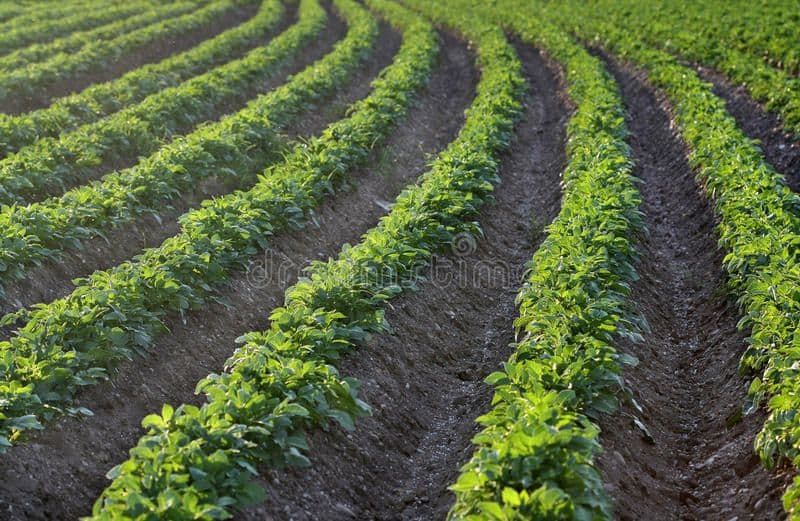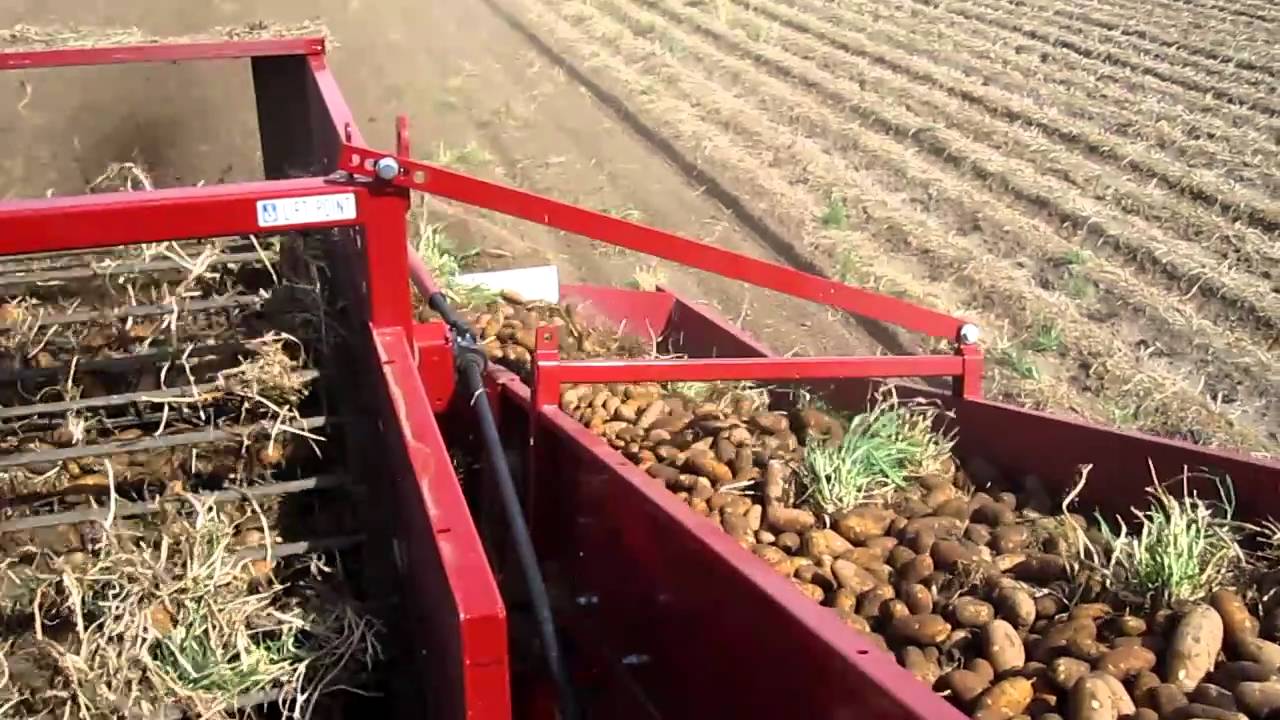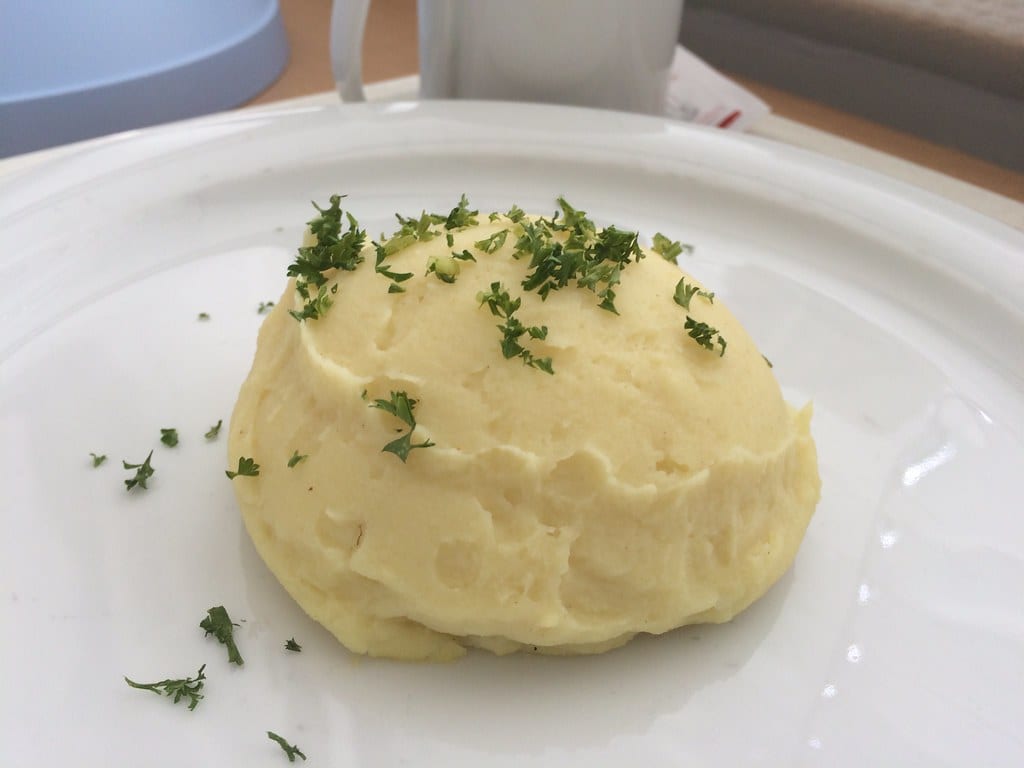Pumping water for irrigation is perhaps the biggest consumer of energy on a farm. This has become a major concern for farmers affected by rapid increases in energy prices. With unpredictable rainfall and rising temperatures, efficient irrigation is now crucial to meet the growing need for more food and fiber. All these factors combined have prompted many farmers to adopt new irrigation technologies designed to lower their energy usage. Thus, they have converted high-pressure irrigation systems to energy-efficient models with low-pressure sprinklers and pressure regulators.
HOW LOW-PRESSURE SPRINKLERS SAVE ENERGY
Many pressurized irrigation systems still use impact sprinklers that deliver enormous amounts of water using pressures between 2 to 4 bar (30 to 60 psi). They require pumps to push large volumes of water through the pipeline at rapid velocities to maintain their wetted patterns.

More efficient systems use low-pressure sprinklers designed to operate around 1 to 2 bar (10 to 25 psi). These sprinklers reduce pumping demands without significantly reducing flow, so crops can continue to receive a healthy amount of water. They also let farmers reduce their pump size or trim their impellers to reduce horsepower requirements.
More importantly, low-pressure sprinklers can further reduce energy requirements by increasing irrigation efficiency.
High-pressure impact sprinklers throw water into the air in a concentrated stream. The splasharm interrupts the stream, producing small droplets intended to fill in the wetted pattern, but which are easily carried by wind and can rapidly evaporate. In contrast, low-pressure sprinklers tend to produce larger droplets that are more resistant to strong winds and evaporation.
Well-designed, low-pressure systems can achieve a distribution uniformity of up to 95 percent. When less water is lost, the sprinklers can run for shorter intervals. Some low-pressure options, like Wobbler® sprinklers, apply water instantaneously in a 360-degree wetted pattern. Application intensity onto the soil is very low, with an effect comparable to that of light rain. This helps maintain the soil’s infiltration capabilities. Impact sprinklers apply water with a concentrated stream, which can cause severe soil disturbance, surface compaction, and run-off. They generally take 60 to 120 seconds to cover their wetted circle.
HOW MUCH YOU CAN SAVE
Energy savings vary depending on the specific irrigation system, hours of operation, flow, and operating pressure. Still, farmers can expect to see energy savings of about 50 percent by switching to low-pressure sprinklers.
For example, a 2,8 bar (40 psi) system with 40m³/hour flow operating at an 80 percent pump efficiency for 1000 hours per year at 76 cents per kW hour, would cost about € 2602 per year. Switching to a 0,7 bar system would reduce that cost to € 650 per year. That is a € 1952 savings.
WHY YOU NEED LOW-PRESSURE SPRINKLERS
Sprinklers designed for higher operating pressures should not be used at lower pressures.
Sprinklers are manufactured to operate within a specific range of flows and pressures. Under these conditions, they maintain their distribution pattern, throw radius, and droplet size. Operating impact sprinklers with just 0,70 to 1 bar will distort the sprinkler distribution pattern and result in even lower efficiency. It will also make them distribute water in excessively large droplets that can cause run-off or soil sealing.
Farmers must be sure their new sprinklers are specifically designed for low-pressure operation before reducing pressures and pump sizes. The criteria for low pressure may vary from one manufacturer to another. However, most manufacturers agree that anything over 2 bar is a mid-range to high-range sprinkler.
HOW PRESSURE REGULATORS HELP
The correct water pressure is key to achieve optimal distribution uniformity and proper flow through the emitters running along a pivot line. Crops need the right amount of water at the right time, and pressure regulators help make this happen.

Pressure regulation is particularly important in low-pressure systems, where a slight pressure variation can have a significant impact on application rate. For example, a pressure variation of 0,14 bar (2 psi) on a sprinkler designed to operate at 0,69 bar (10 psi) is equivalent to a 20 percent pressure variation. This alters the flow by 10 percent.
There are multiple factors that can cause pressure deviations. Some of the most common reasons for pressure fluctuations are elevation changes in a field, pressure loss through pipe fittings, activation of end guns, and cycling on and off of various irrigation zones and valves. Because every irrigation system will experience some pressure fluctuations, you need pressure regulators to ensure that your irrigation system operates the way it is designed. Pressure regulators will help control these fluctuations and assure sprinkler distribution uniformity by maintaining a constant outlet pressure.











